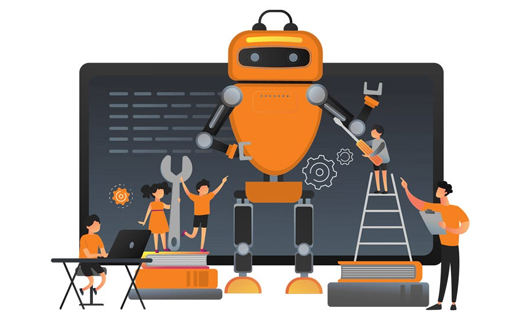Generative AI refers to a class of artificial intelligence models that create new content—such as images, text, music, or even entire simulations—by learning patterns from existing data. Unlike traditional AI, which classifies or makes predictions based on input data, generative AI actively generates new outputs that share similarities with its training data. Some well-known applications of generative AI include language generation, art and image synthesis, video creation, and code generation.
Generative Models: Models designed to create new data points rather than just analyze existing ones. These models “learn” the distribution of the training data and can sample new data points from that distribution.
Training Data: Generative models are trained on massive datasets containing thousands or millions of examples, helping them learn the structure and style needed to create new, convincing outputs.
Fine-Tuning and Transfer Learning: Generative models can be adapted to specific tasks or styles through fine-tuning, where a pre-trained model is further trained on new data to specialize it. This approach is especially common in language models and image generation.
Generative Adversarial Networks (GANs)
Variational Autoencoders (VAEs)
Diffusion Models
Transformers and Large Language Models (LLMs)
Text Generation and Chatbots
Image and Art Generation
Audio and Music Generation
Video Generation
Code Generation
3D and Simulation Generation
